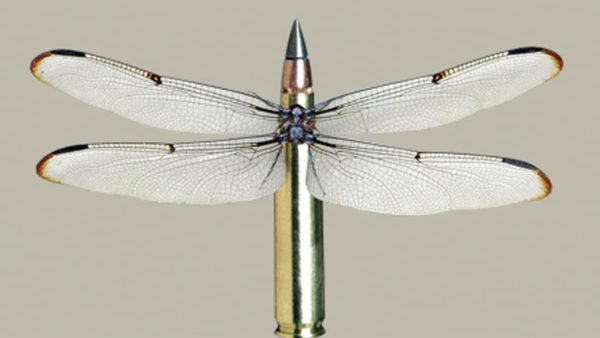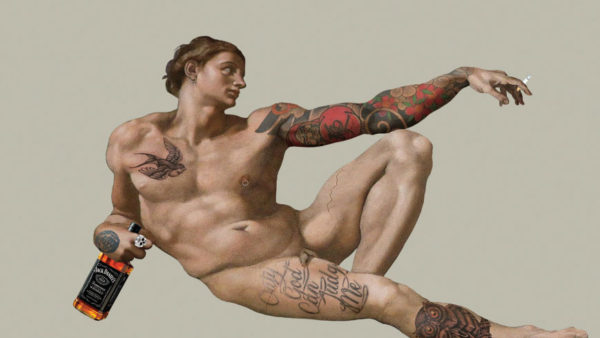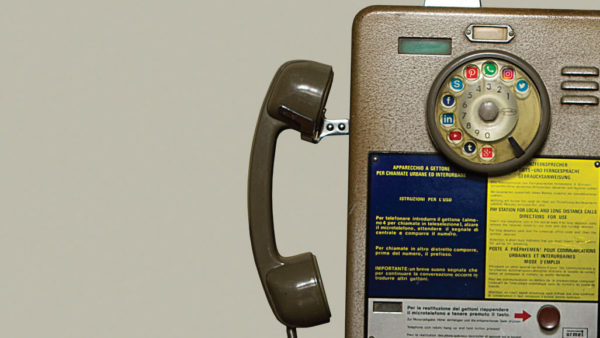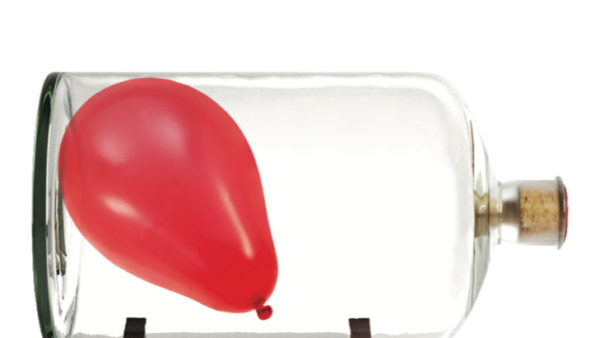Pep Marchegiani was born in Atri in 1971. His art, with a clear pop imprint, is aimed at a ferocious sarcasm, irony and provocation against political power as a way of denouncing the offshoots of power and consumerism. In 1989 he founded a satirical newspaper, closed after three years due to the interference of all the legal quarrels made by those politicians that were targeted. He approached the world of art already in 1991, from his perspective as a fashion designer and art-director for the art collector Wicky Hassan.

After three years, he founded his own brand but it was only when he moved to Senigallia in 1996 that he started seriously alternating his activity as a fashion designer and an artist. In 2008 he published one of his works on Facebook which quickly became viral all over the world, causing him a wave of notoriety: his personal page had 350,000 followers and 4 million weekly interactions, already in 2009. This striking success, in less than two years, inspired the artist to register his own brand Pep Marchegiani, in 2010, the year when he was invited to the Venice Biennale of Cinema to exhibit the work Pope, depicting John Paul II. The Huffington Post Usa placed his work among the sixteen most significant, along with Cattelan and Bacon.
After three years, he founded his own brand but it was only when he moved to Senigallia in 1996 that he started seriously alternating his activity as a fashion designer and an artist. In 2008 he published one of his works on Facebook which quickly became viral all over the world, causing him a wave of notoriety: his personal page had 350,000 followers and 4 million weekly interactions, already in 2009. This striking success, in less than two years, inspired the artist to register his own brand Pep Marchegiani, in 2010, the year when he was invited to the Venice Biennale of Cinema to exhibit the work Pope, depicting John Paul II. The Huffington Post Usa placed his work among the sixteen most significant, along with Cattelan and Bacon.
In 2011 his first important exhibition was organised in Italy and in 2014, he decided to use his performances, irreverent and provoking, as a meaningful denunciation approach against an ineffective and corrupt system of power: Ilva Magique in Taranto, Il ponte della Shame (against the Ponte di Calatrava) in Venice and Florence, in Florence, Rustic for sale to be restored (Royal Palace of Caserta, Calabria) and Aquila Expò. The condamnation through his performances, branded t-shirts and artworks, has not spared but on the contrary, has overturned the arrogance and racism of some protagonists of the Italian political arena; they have been transformed into multinationals’ fetishes, supermarket products or funny Disney characters.
His irreverent performances and the irony hidden in his surreal paintings, in which the power of famous people is turned upside down and laughed at, has captured the attention of the media. Pep Marchegiani’s real situationist actions have been in all the major newspapers. In 2016, he was dedicated by the city of Pescara his first solo exhibition. Here also his partnership with the art-advisor and collector Massimo Fazzini was born, who quickly became the artist’s reference merchant and launched him into the world of gallery owners and foundations.
Pep Marchegiani’s swirling rise in the world of contemporary art is the testimony not only of a rare talent but it shows that freedom, the desecration of power and the unveiling of its weaknesses are a liberating, carnival scream, to be recovered as a mission for contemporary artists.



